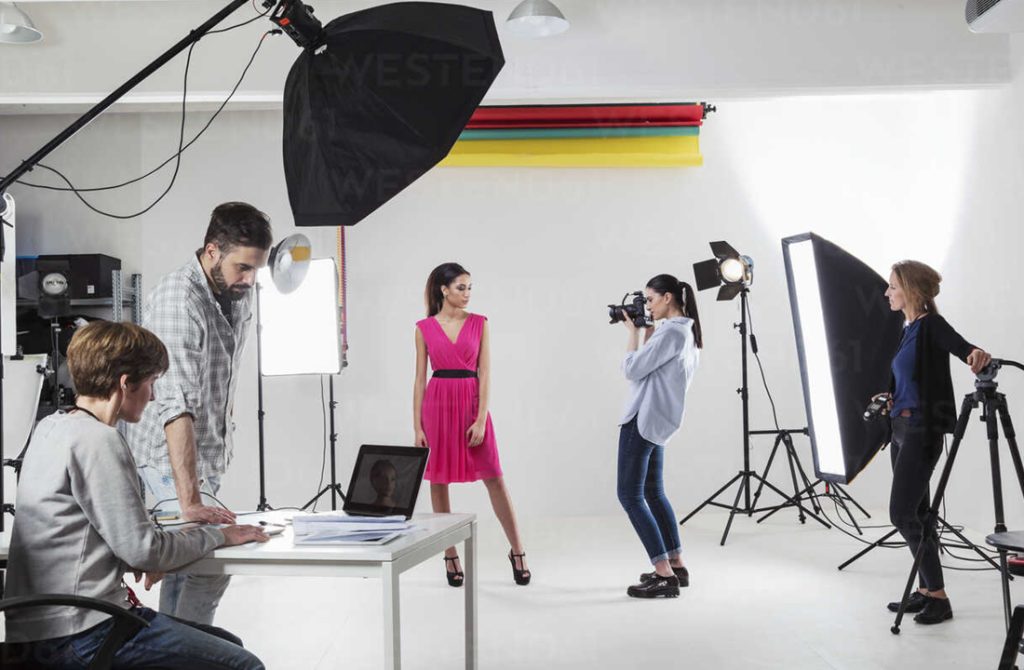Understanding the fundamentals of composition is essential for any photographer. The rule of thirds, leading lines, and framing can significantly impact the visual appeal of an image. Experimenting with different angles and perspectives can lead to unique shots that stand out in a crowded market. Fashion photography often benefits from dramatic compositions that highlight the model and the clothing while creating a captivating backdrop.
Lighting is another critical element that can make or break a fashion photograph. Natural light can create soft, flattering effects, while artificial lighting allows for greater control and creativity. Learning to manipulate light through techniques such as backlighting, diffusing, and using reflectors can add depth and dimension to your images. Understanding how different lighting conditions affect colors and textures is vital for achieving the desired aesthetic.

Collaboration is a cornerstone of successful fashion photography. Building relationships with models, stylists, and makeup artists can lead to more cohesive and polished results. A strong team can enhance the creative process, allowing for brainstorming sessions that generate innovative ideas. Effective communication is key to ensuring that everyone shares a common vision, which can result in striking images that resonate with audiences.
Post-processing is an integral part of the fashion photography workflow. Familiarity with editing software such as Adobe Lightroom and Photoshop can help photographers refine their images and achieve a professional finish. Adjusting exposure, contrast, and color balance can enhance the overall impact of a photograph. However, it is important to maintain a balance between retouching and authenticity, as overly edited images can detract from the subject’s natural beauty.
Understanding the target audience is crucial for fashion photographers aiming to create impactful work. Different demographics respond to various styles, so adapting your approach based on the intended market can yield better results. Researching current trends and analyzing successful campaigns can provide insights into what resonates with viewers. This knowledge can inform your creative direction and help you capture images that align with industry standards.
Lastly, building a strong portfolio is essential for showcasing your skills and attracting clients. Curate a collection of your best work that reflects your unique style and versatility. Including a variety of shots, from editorial to commercial, can demonstrate your range and adaptability. Sharing your portfolio on social media platforms and photography websites can increase visibility and open doors to new opportunities.
By focusing on composition, lighting, collaboration, post-processing, audience understanding, and portfolio development, aspiring fashion photographers can carve out a niche in this competitive field. Mastering these elements allows for the creation of stunning images that not only capture the essence of fashion but also tell compelling stories.
